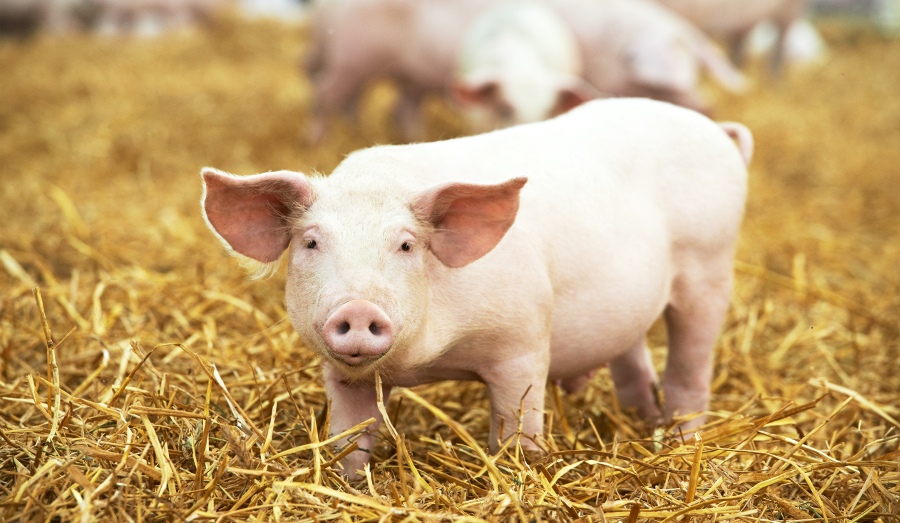While beef may have a great reputation for quality steaks, and chicken often gets the nod in clean, heart-healthy meals, pork often goes ignored. It really is the “other white meat,” coming in a distant third on many people’s menus. Aside from bacon, which has seen renewed popularity in recent years thanks in part to the keto diet, and those areas of the country such as the Carolinas where pork and barbecue are synonymous, pork is often overlooked and ignored.
That’s a shame, because pork is a great source of protein and is often quite reasonably priced. Chops can often be found for less than $3 a pound, and even tenderloin is often on sale for around that price. Pork butts (the shoulder) make great roasts and pulled pork, and can be found on sale for $1 to $1.50 a pound. And because producers are forbidden by federal law from treating hogs with growth hormones, pork can actually be a cleaner meat to eat than beef. But for those who love to eat pork, there’s bad news on the horizon.
China, Vietnam, and other Asian countries have been hit recently by an outbreak of African swine fever among their hog herds. While it’s believed that the disease cannot be passed on by consumption of meat from diseased animals, authorities have nonetheless taken steps to eradicate the disease by killing hogs. Those hogs that haven’t died from the diseased have been destroyed, with over 100 million hogs estimated to have been destroyed in China alone. Compare that to around 74 million hogs in the entire United States and you get a sense for the scale of the problem.
Chinese demand for pork will have to be sated from abroad, which will lead to higher pork prices here. Lean hog prices ended last week 30% higher than just a month before. There’s much speculation that prices will only continue to get higher over the summer as Chinese demand ramps up. Chicken prices may also rise, as many Chinese customers will prefer to consume chicken to pork until the swine fever crisis dies down.
That’s bad news for pork lovers and meat eaters of all stripes. More expensive prices for meat will drive up grocery bills around the country, making it more expensive for American families to put dinner on the table. We can only hope that any price rises we see will only be temporary until the swine fever crisis in Asia has passed.
This article was originally posted on Red Tea News.





